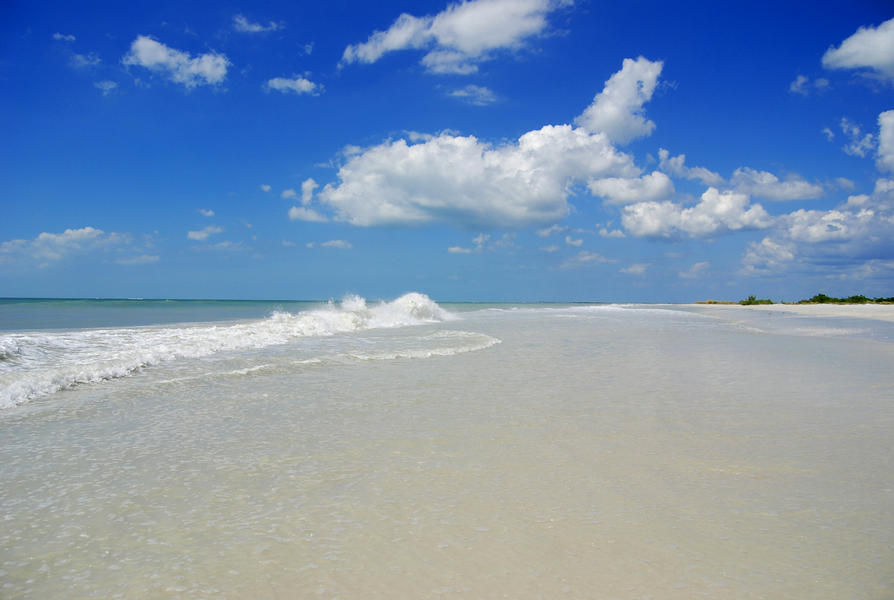How and why was the Blue-Green Algae Task Force formed?
Based on Governor DeSantis’ recommendations, the Florida Legislature appropriated this fiscal year more than $625 million to help protect Florida’s environment. Included in the budget is record funding for Everglades restoration and significant funding for targeted water quality improvements, alternative water supply and harmful algal blooms.
Governor DeSantis, through Executive order 19-12, directed the establishment of a Blue-Green Algae Task Force, charged with focusing on expediting progress toward reducing the adverse impacts of blue-green algal blooms now and over the next five years. The task force will support DEP’s existing regulatory structure.
Who is on the Blue-Green Algae Task Force and how were they selected?
The Blue-Green Algae Task Force was selected from a pool of candidates nominated or recommended by stakeholders across the state. Each of the task force members brings specific expertise to bear on the broad suite of issues related to the causes and consequences of blue-green algae blooms affecting water bodies throughout Florida.
What issues will the Blue-Green Algae Task Force be addressing?
The task force will serve as an advisory body to support DEP’s existing regulatory structure and will provide guidance through scientifically-based input and recommendations with the goal of helping to improve and restore Florida’s degraded waterbodies. The focus of the Blue-Green Algae Task Force is accordingly on issues related to water quality, with nutrient reduction and remediation front and center.
Why is this Blue-Green Algae Task Force important?
The Blue-Green Algae Task Force will play an important role in our “Protecting Florida Together” mission. The task force was established to play a key role in addressing concerns related to blooms of blue-green algae by building a scientific basis for efficient and effective decision making.
What are the goals of the Blue-Green Algae Task Force?
The Blue-Green Algae Task Force will focus on expediting water quality improvements in the next five years. An important focus of the Blue-Green Algae Task Force, in the short-term, is to support key funding and restoration initiatives, such as helping to prioritize projects intended to result in substantial nutrient load reductions to Lake Okeechobee and the Caloosahatchee and St. Lucie estuaries on the west and east coasts of Florida, respectively.
How will their recommendations be used?
The Blue-Green Algae Task Force provides input and recommendations that will be used to help guide departmental decisions related to nutrient reduction strategies, project implementation and evaluation and regulatory reform.
Who is leading this Blue-Green Algae Task Force?
Office of Environmental Accountability and Transparency's Chief Science Officer, Dr. Tom Frazer.
When are the meetings and how often will they occur?
The first meeting is June 12, 2019. At this time, frequent meetings of the team (every 3-4 weeks) are expected through August. Regular, but perhaps less frequent, meetings of Blue-Green Algae Task Force will occur thereafter.
Are the meetings open to the public?
Yes. All meetings will be publicly noticed and meeting times, dates and locations will be posted on the department’s Blue-Green Algae Task Force webpage. The public can also subscribe to receive updates via email.
How will innovative technologies be considered?
As an advisory body, the Blue-Green Algae Task Force will play a key role in the department’s evaluating of innovative technologies, aimed at algal bloom prevention and mitigation.
Does the Blue-Green Algae Task Force have a budget or funding authority?
No, the Blue-Green Algae Task Force is an advisory body. However, the key focus of the Blue-Green Algae Task Force is to support key funding and restoration initiatives, such as prioritizing solutions and making recommendations to expedite nutrient reductions in Lake Okeechobee and the downstream estuaries.
The Blue-Green Algae Task Force will identify opportunities to fund priority projects with state, local and federal funding. These recommended projects should build upon DEP’s updated Basin Management Action Plans (BMAP) data, and the Task Force will review and prioritize projects that will provide the largest and most meaningful nutrient reductions in key waterbodies.


